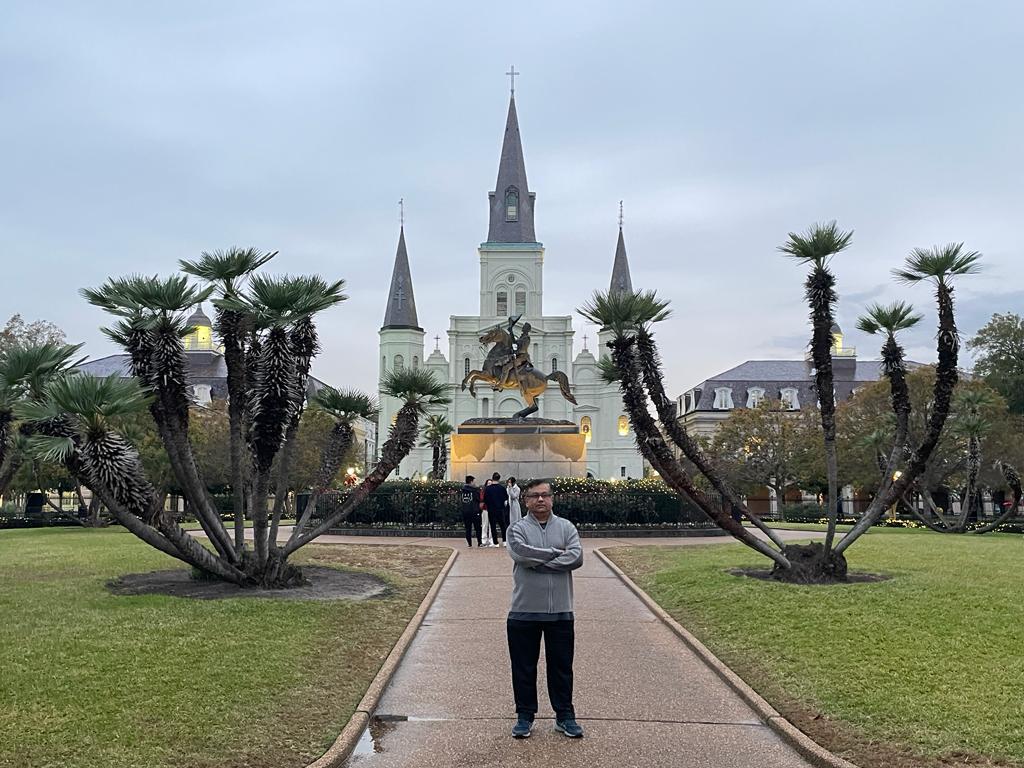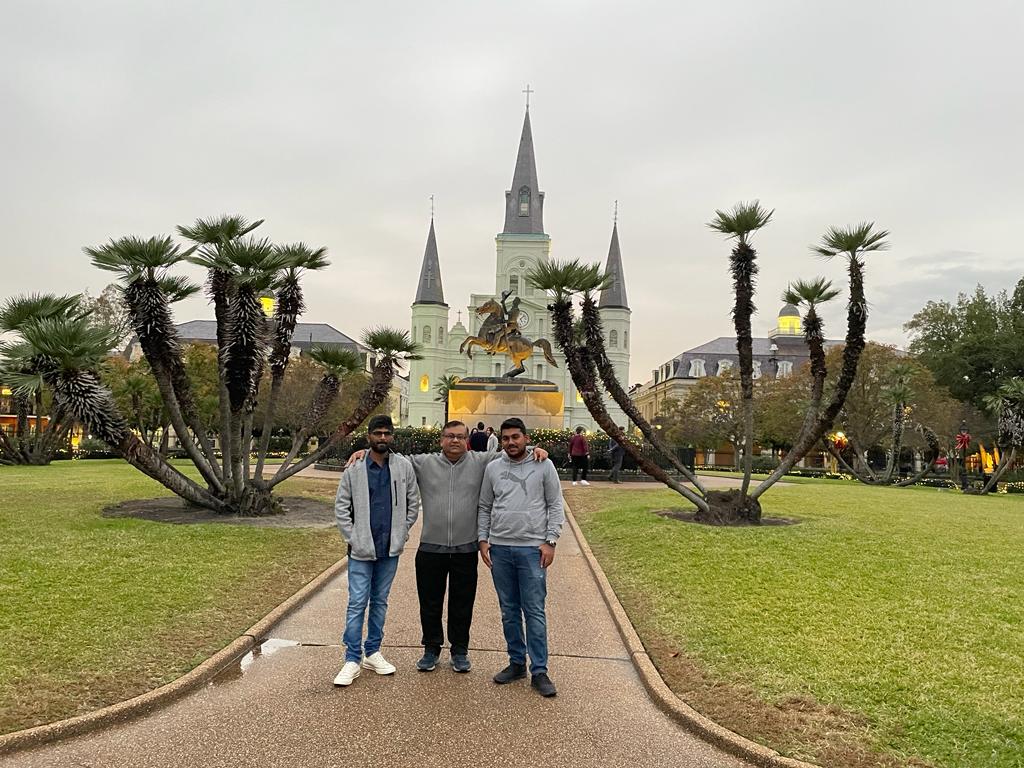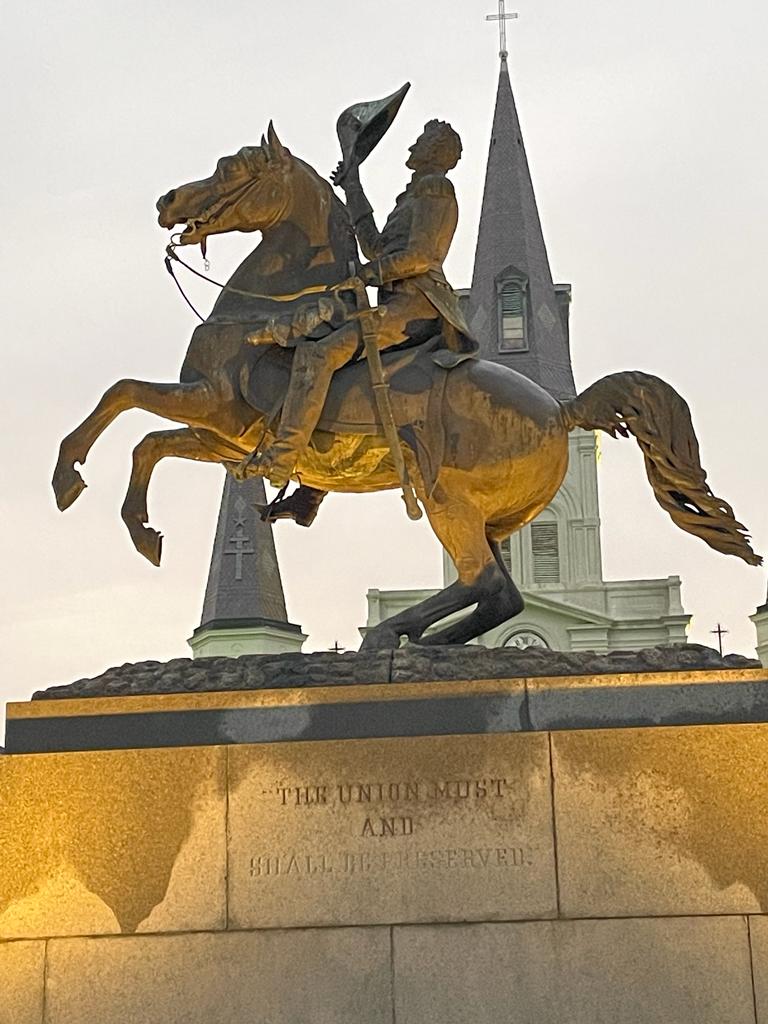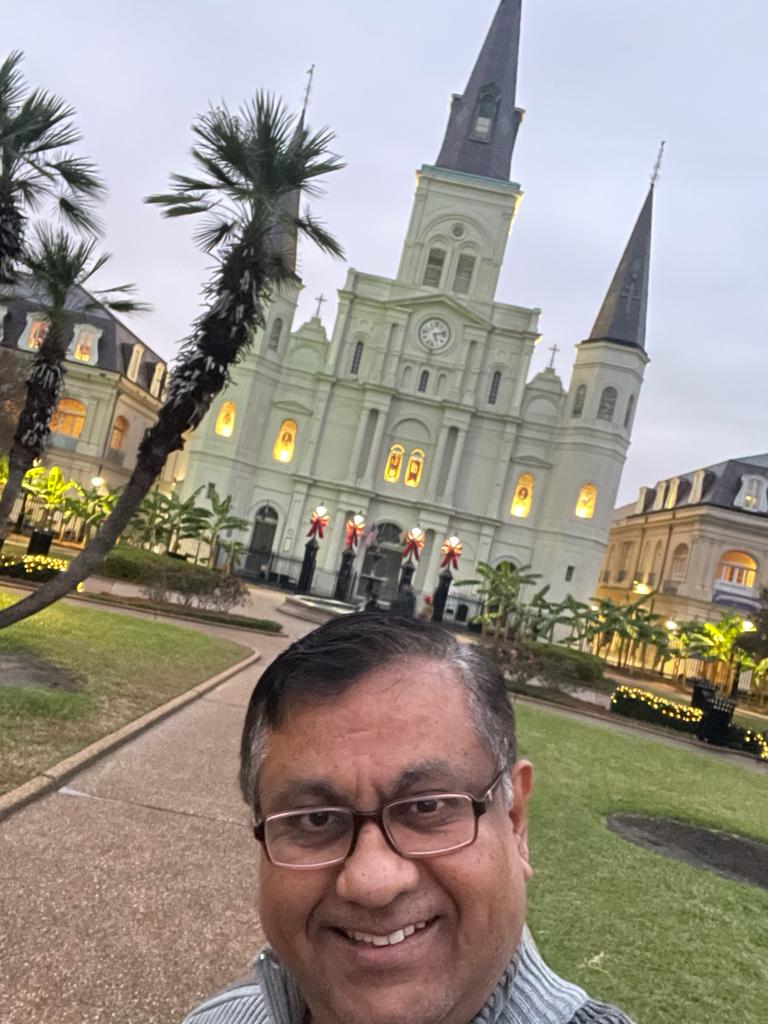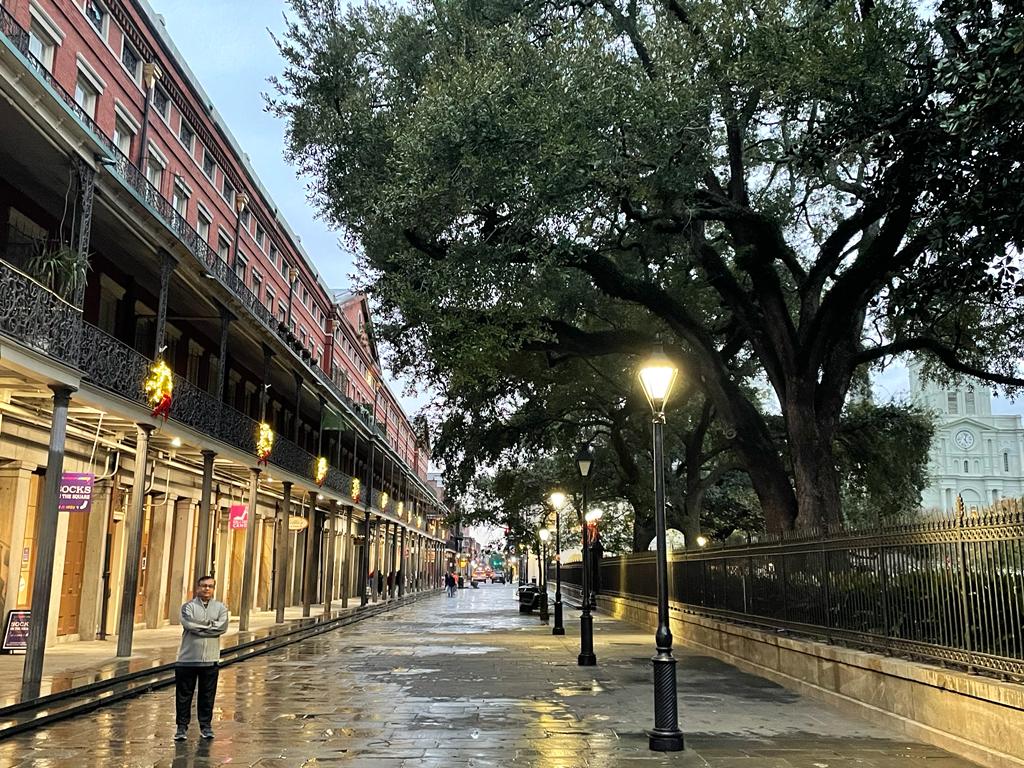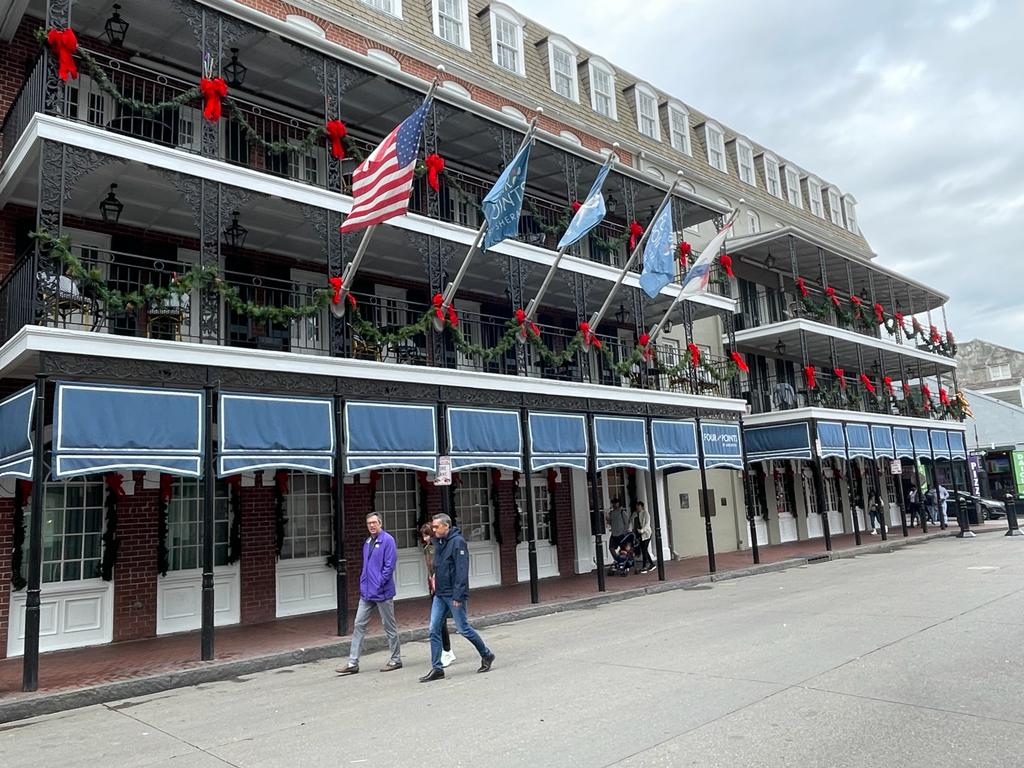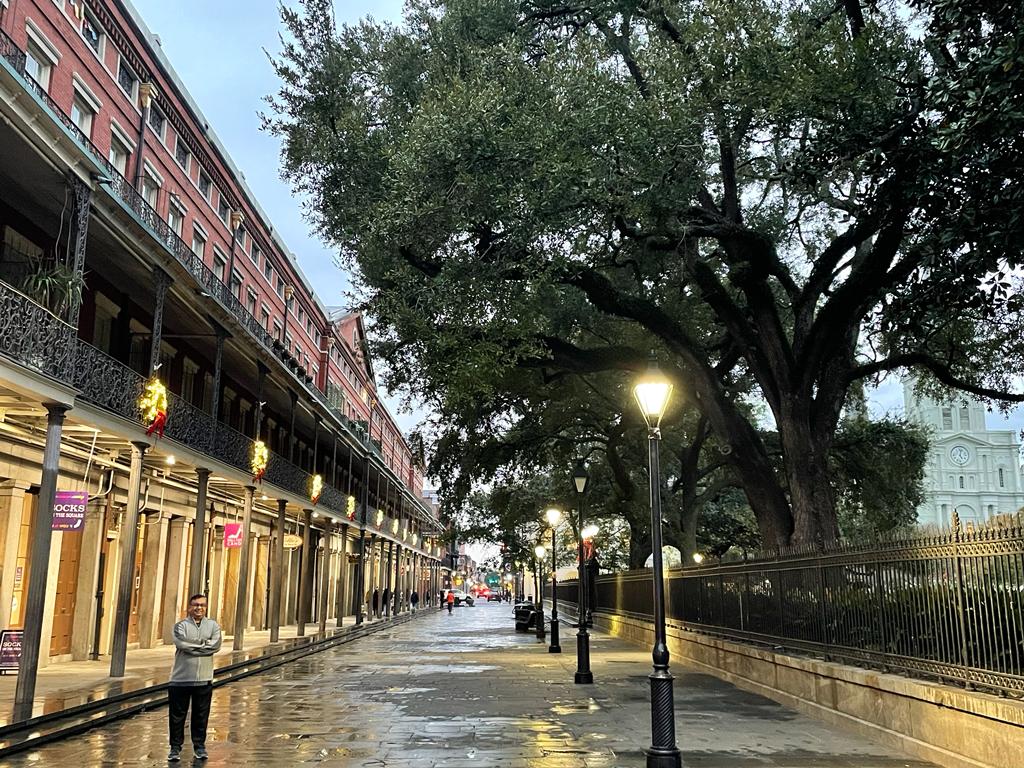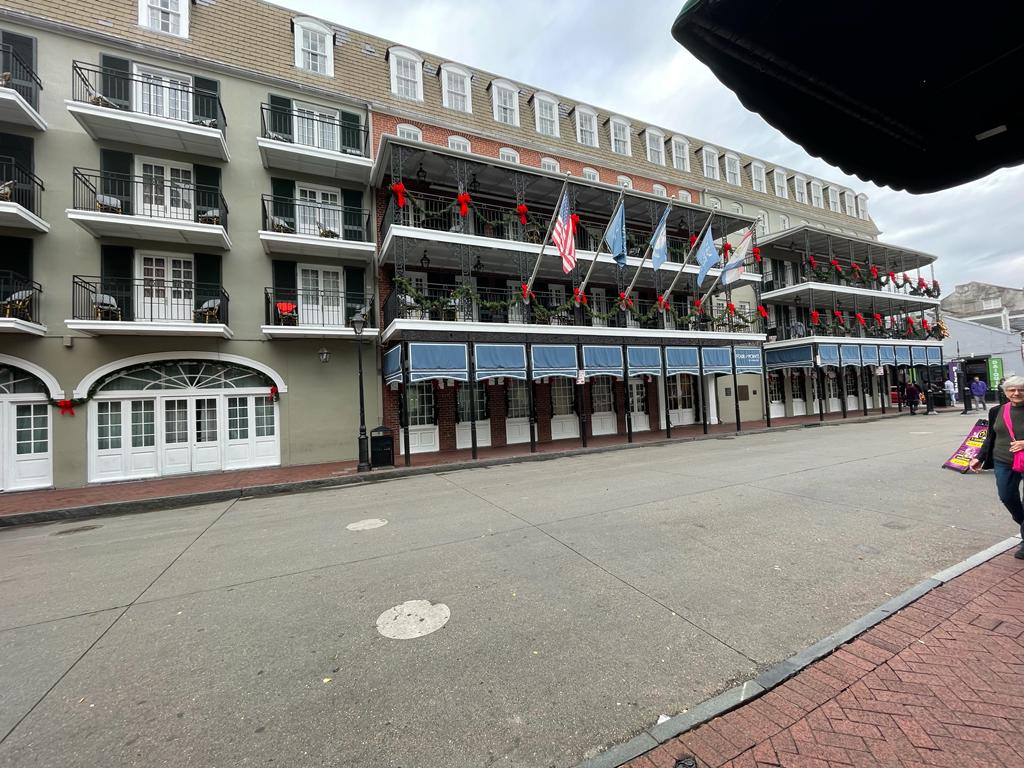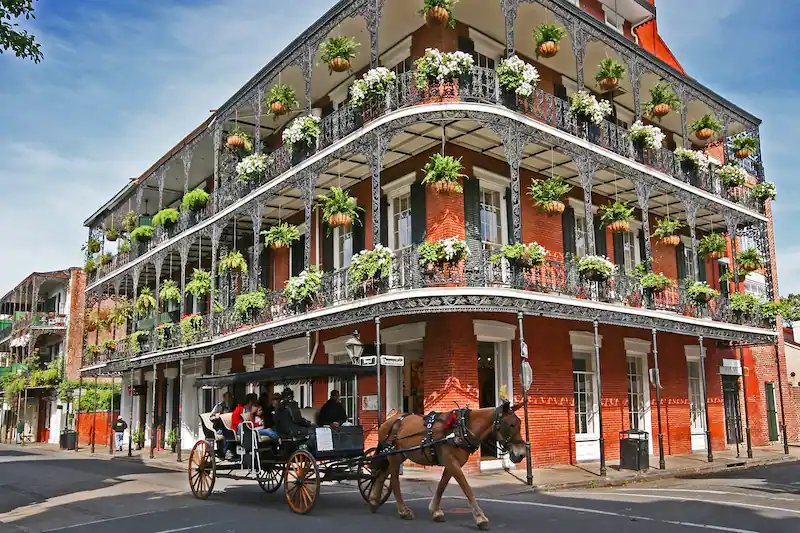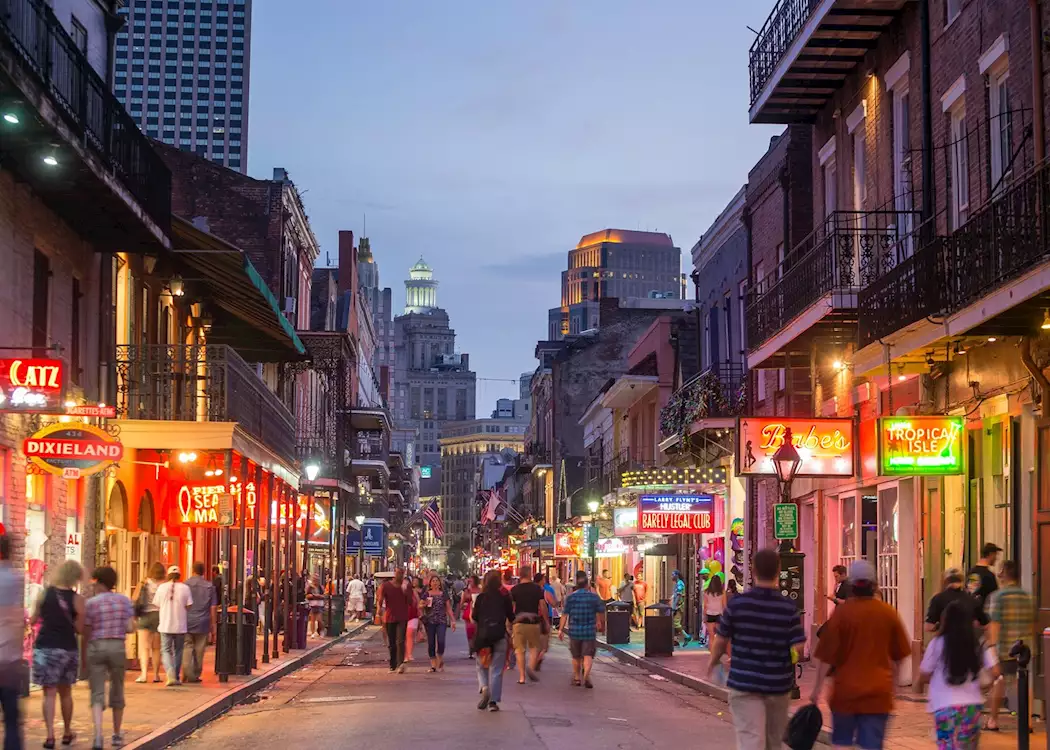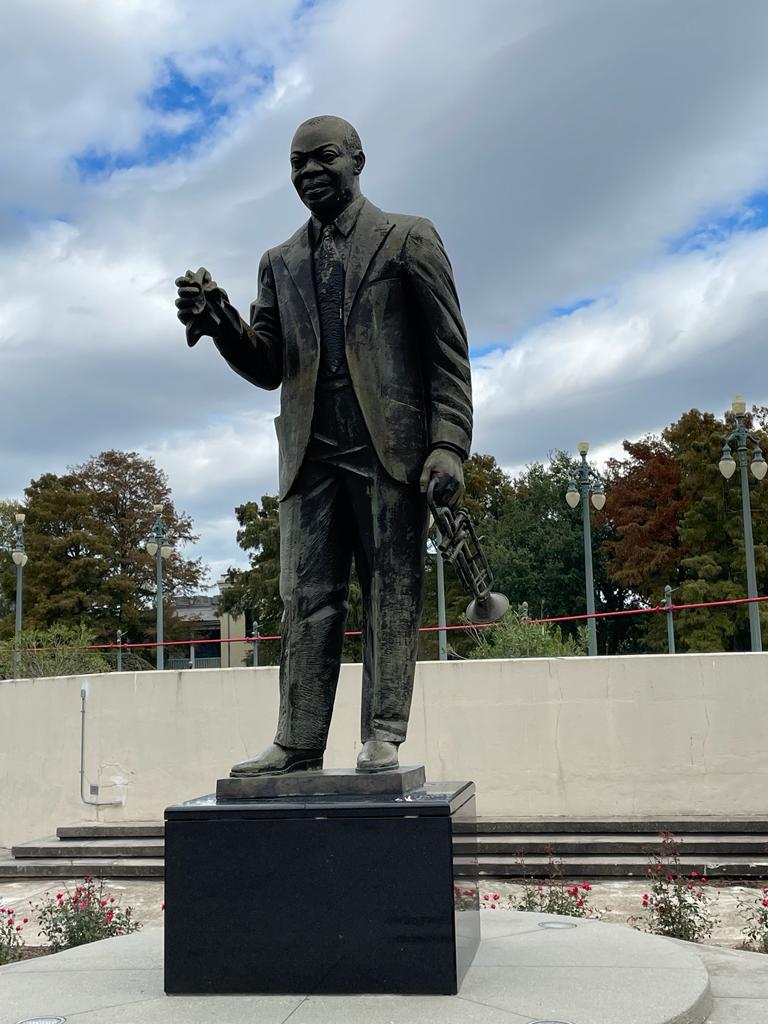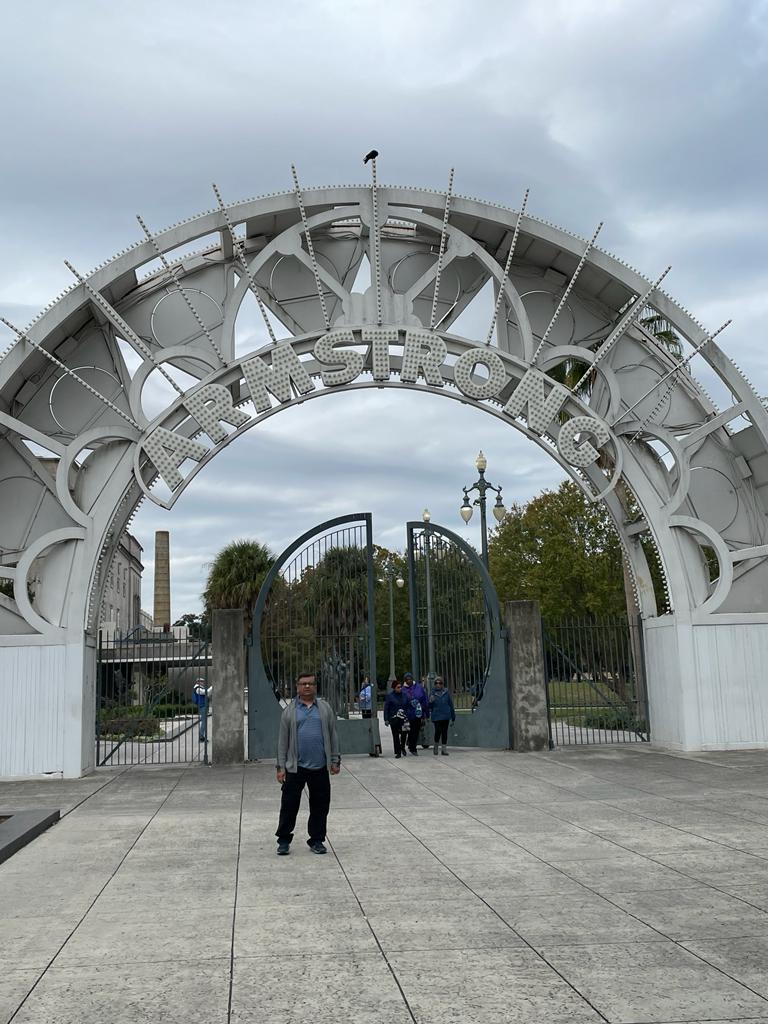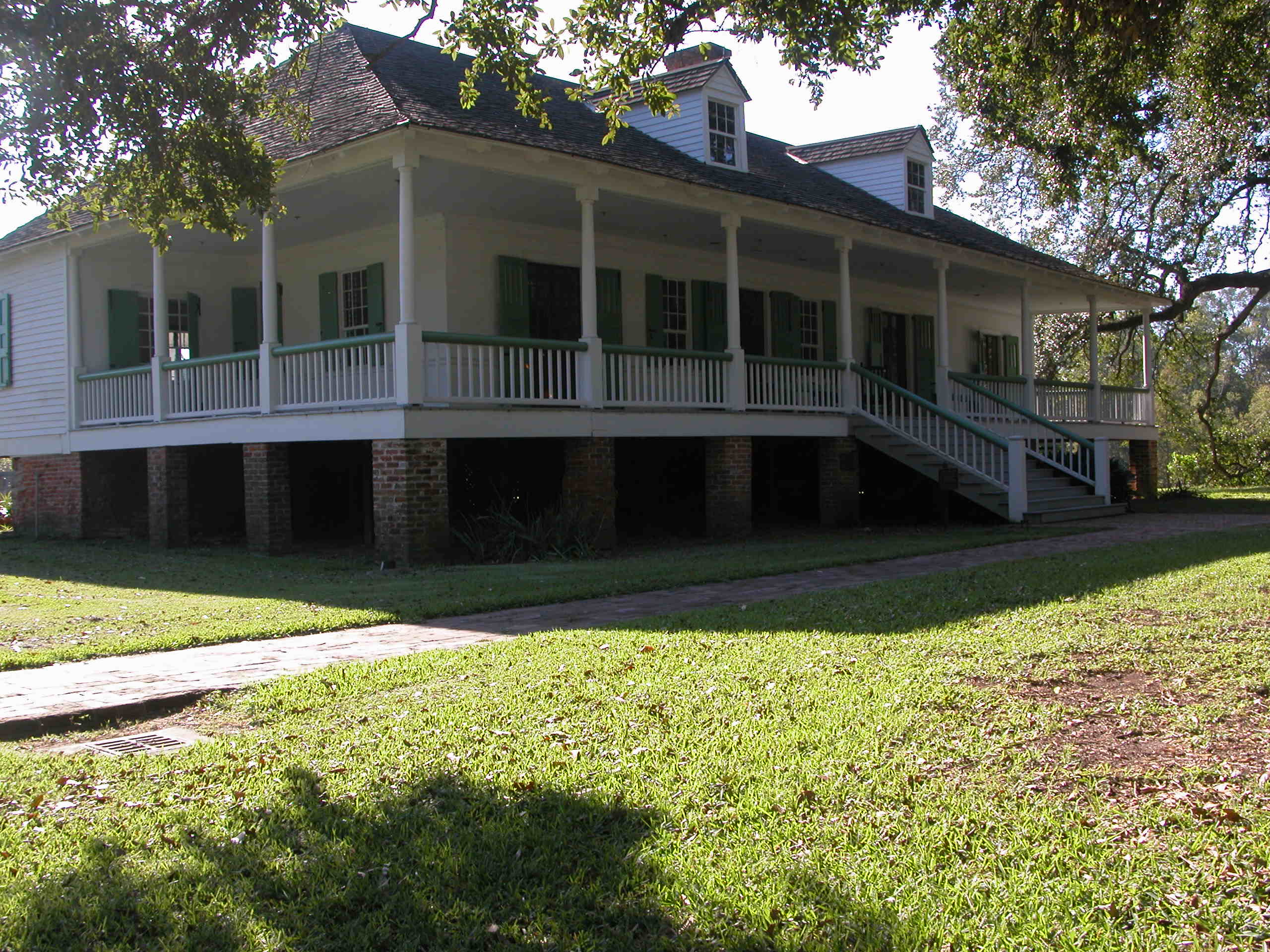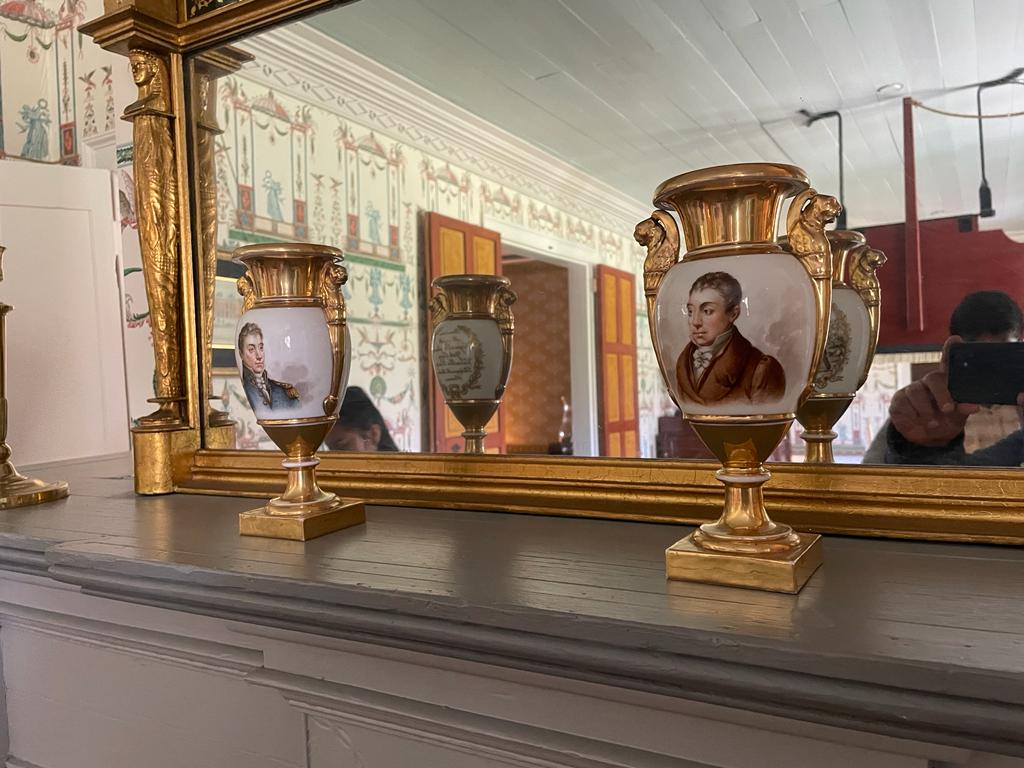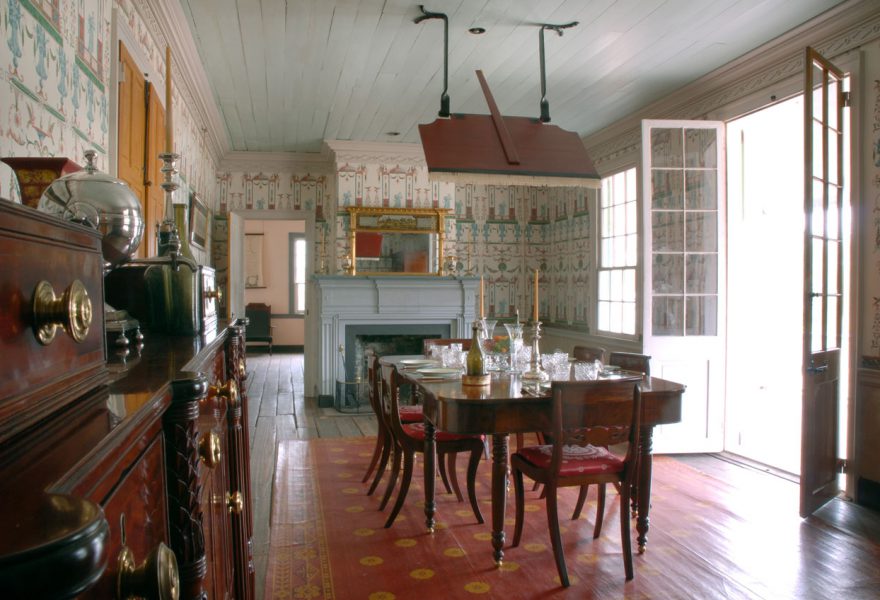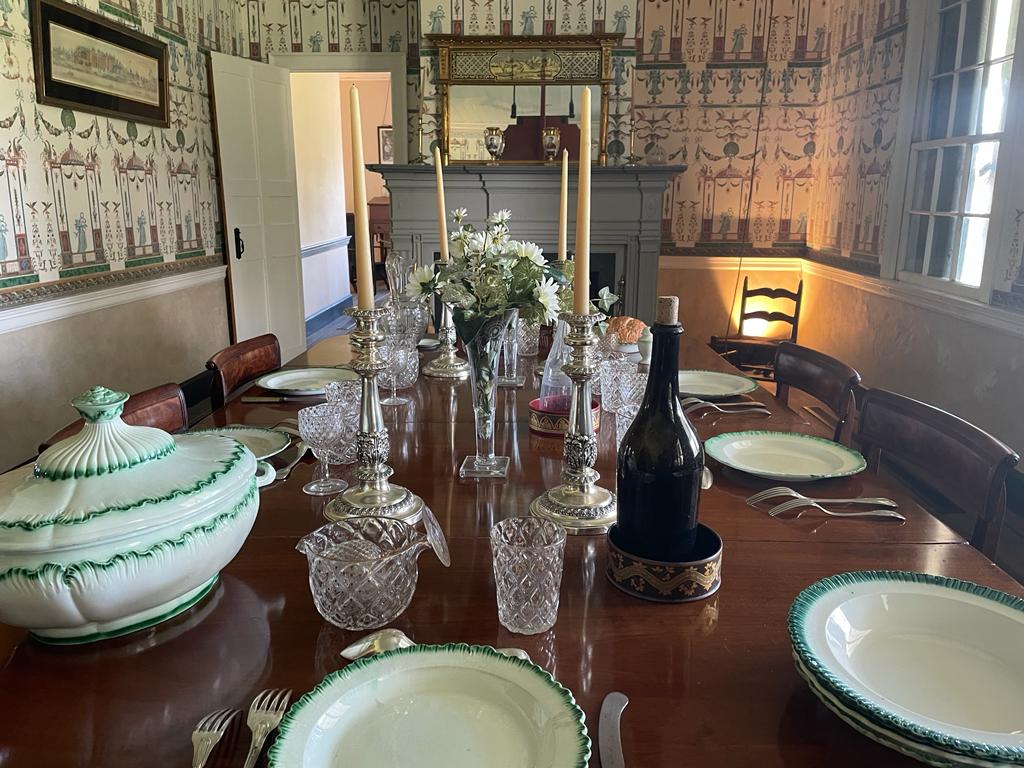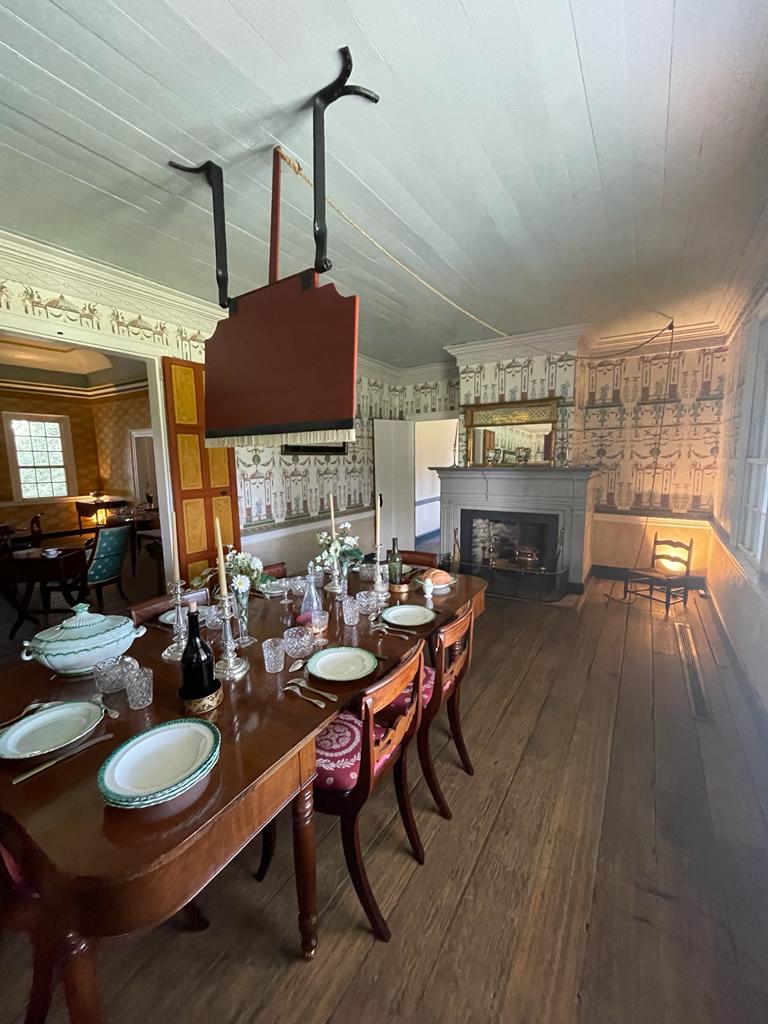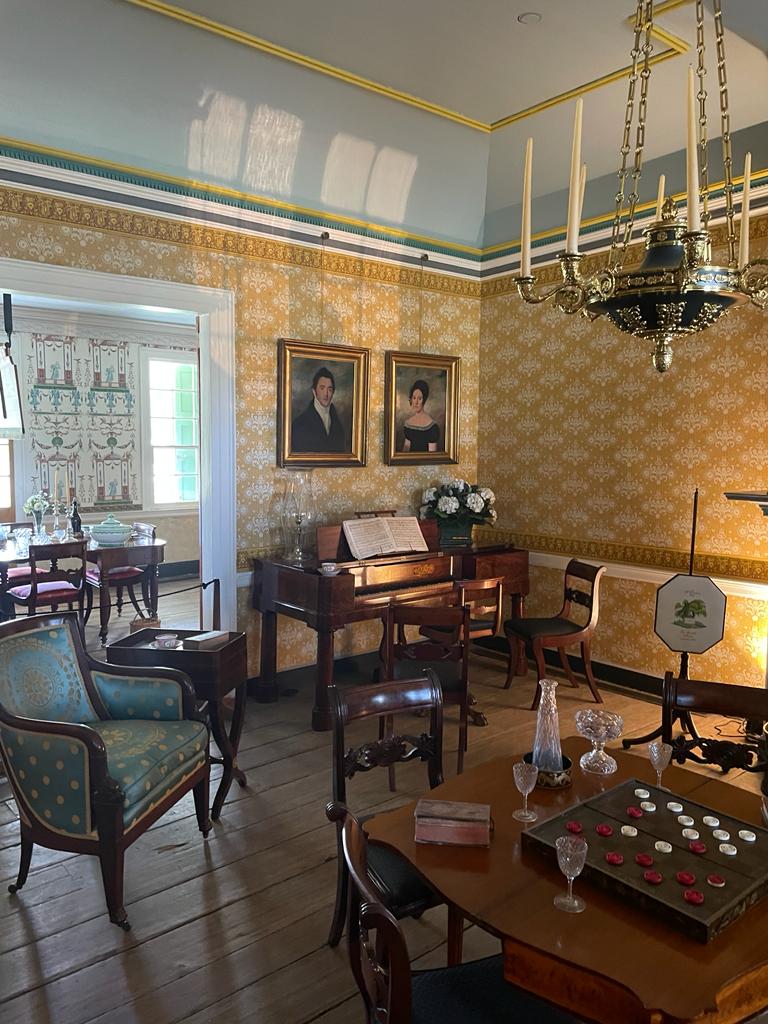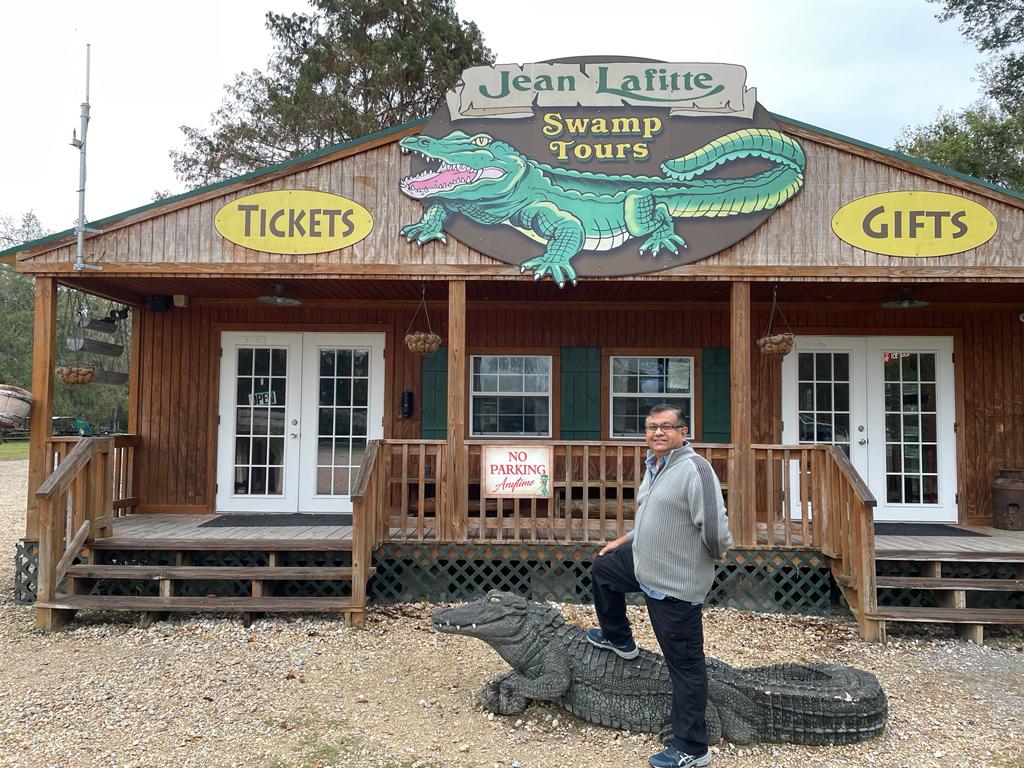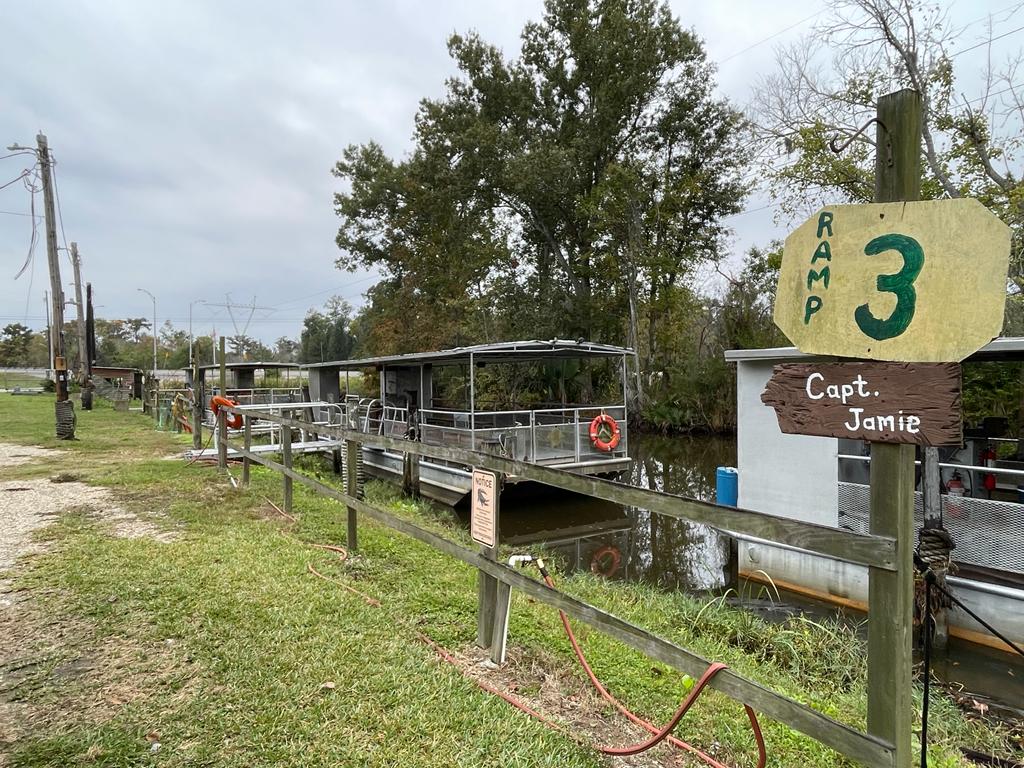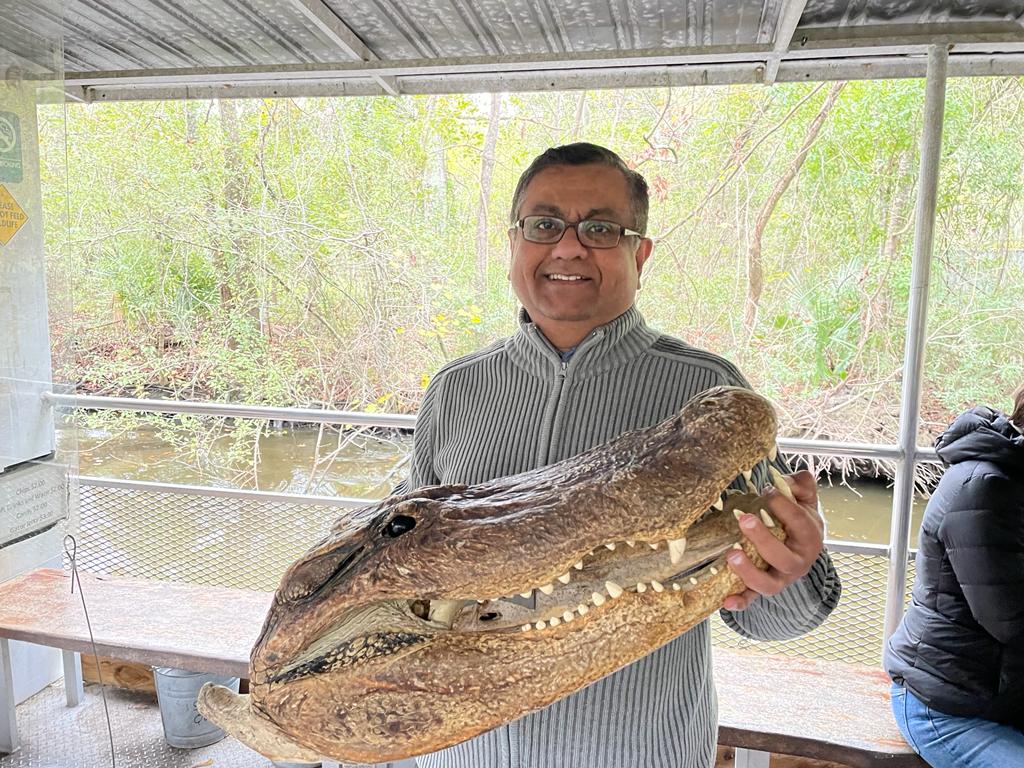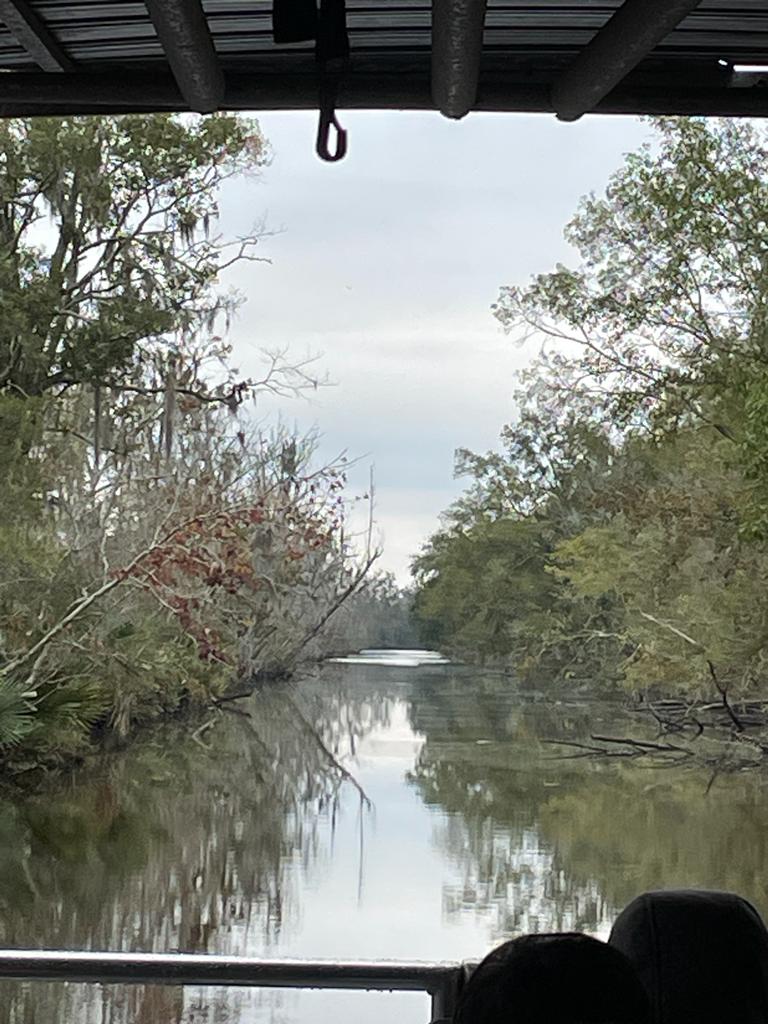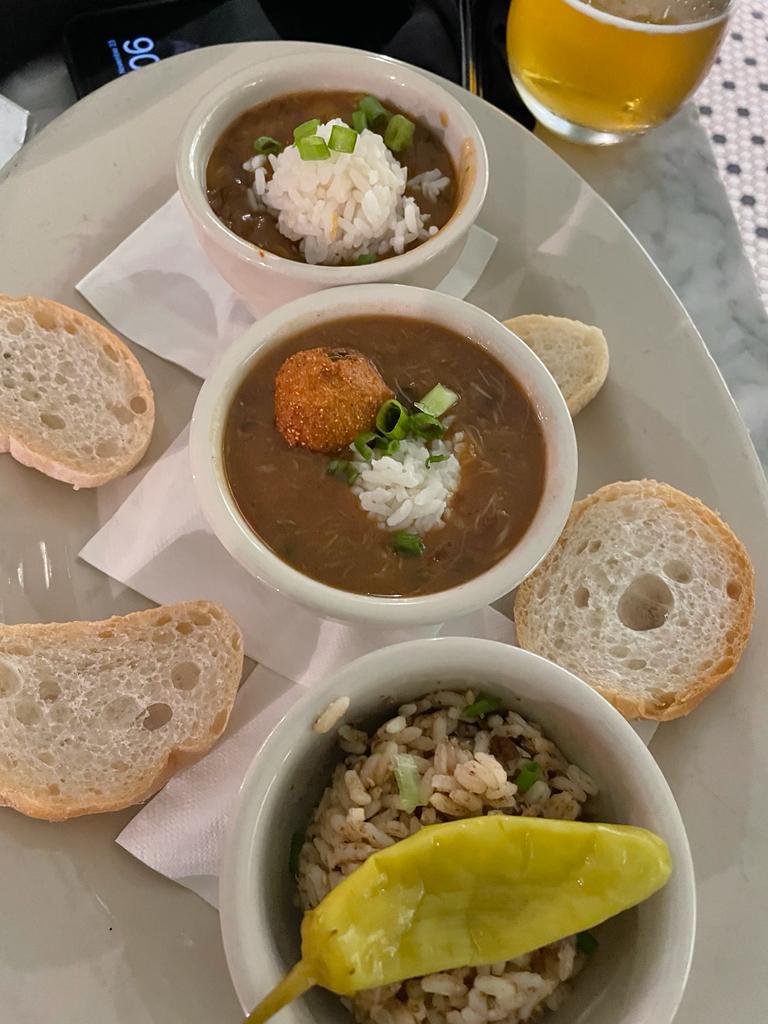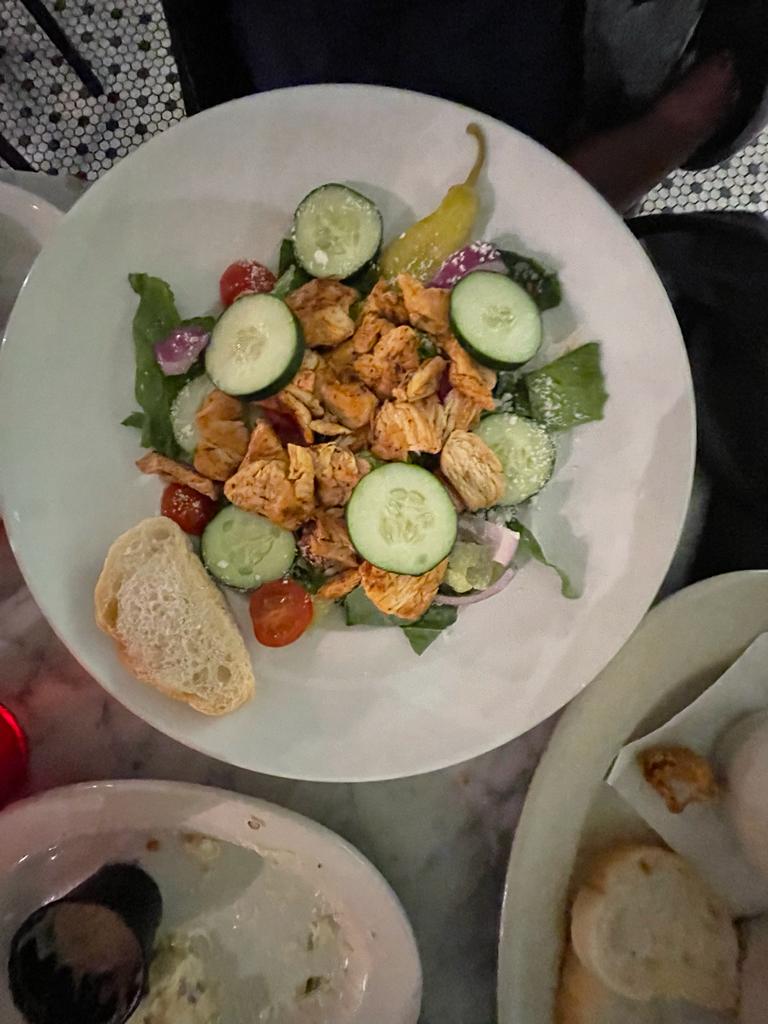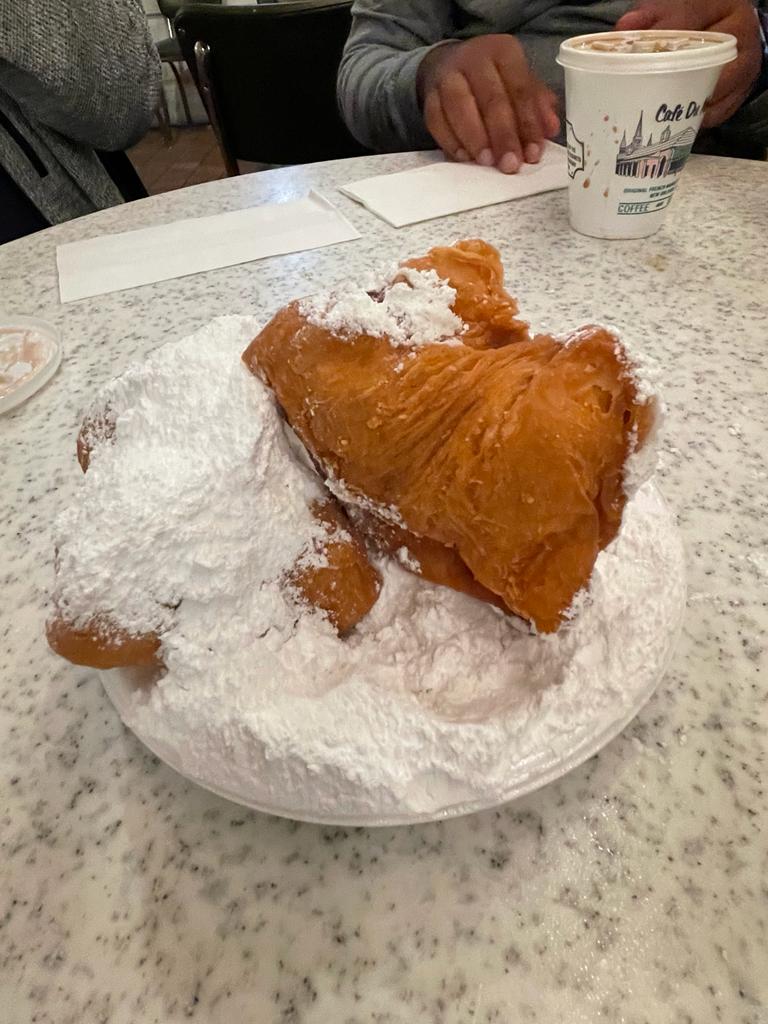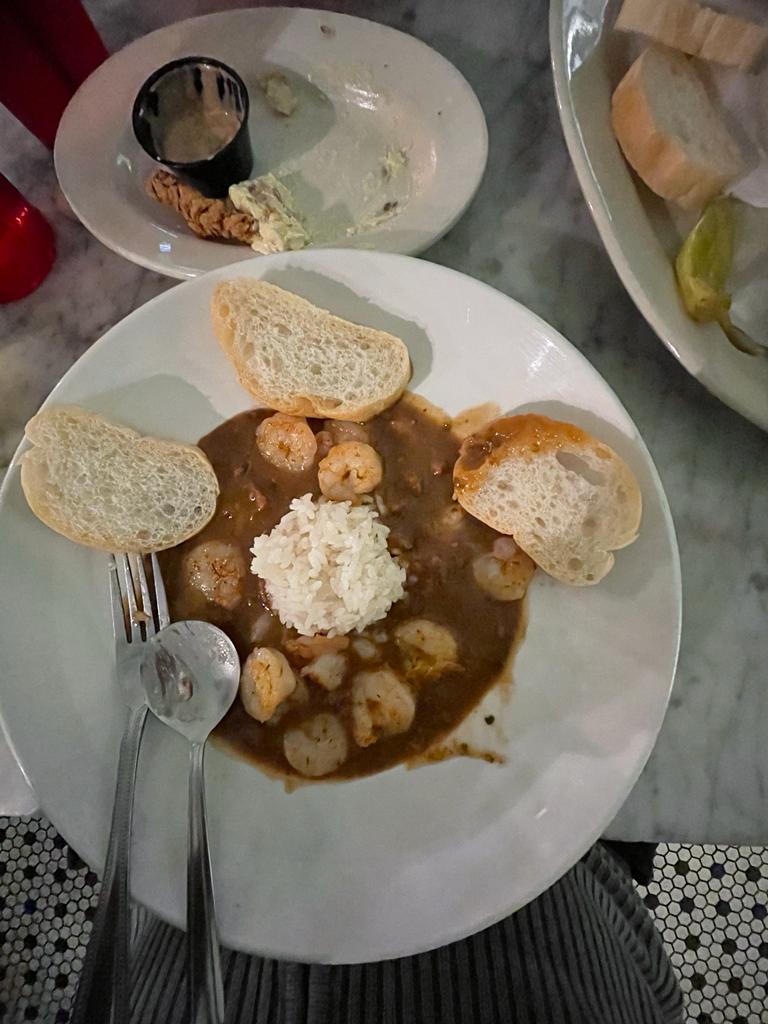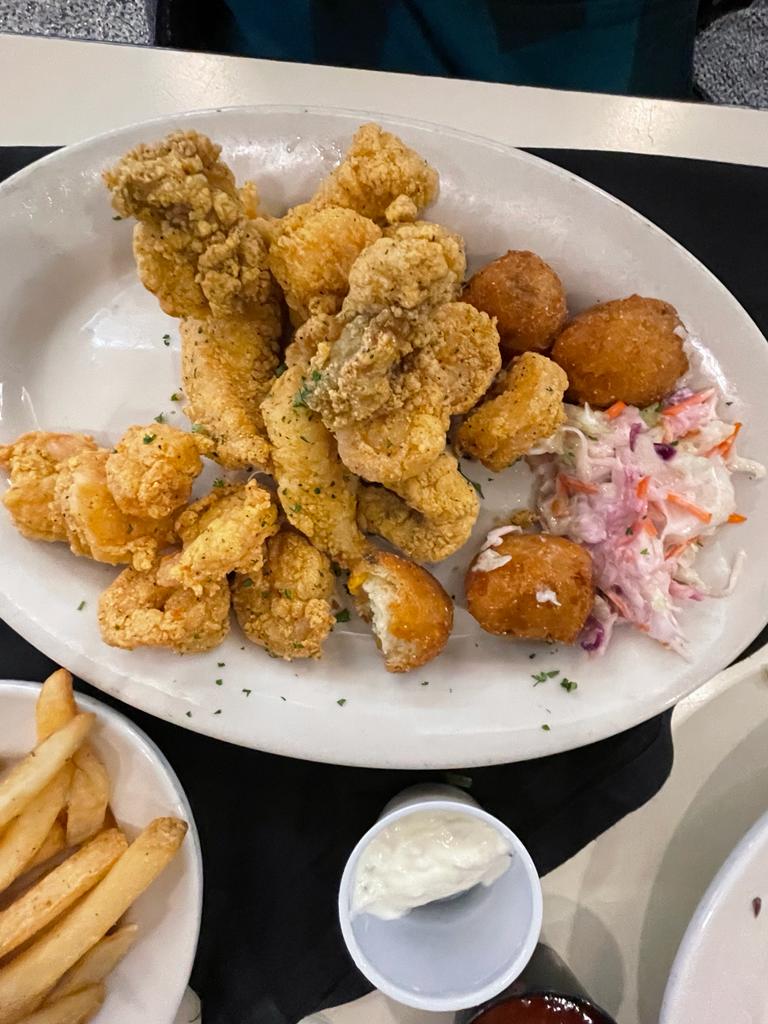New Orleans, Louisiana
New Orleans - The Big Easy (Birthplace of Jazz)
New Orleans is a Louisiana city on the Mississippi River, near the Gulf of Mexico. Nicknamed the “Big Easy,” it’s known for its round-the-clock nightlife, vibrant live-music scene and spicy, singular cuisine reflecting its history as a melting pot of French, African and American cultures. Embodying its festive spirit is Mardi Gras, the late-winter carnival famed for raucous costumed parades and street parties.
New Orleans is full of life—but with a laid-back energy that sets it apart from other cities. You’ll wanna soak it all in: impromptu jazz performances up and down Frenchmen Street, the ding of the St. Charles Streetcar, moss-draped trees in the famous Garden District…even its gothic, above-ground cemeteries. For some, New Orleans will always be all about Bourbon Street, but for travelers looking to take it slow, the city’s distinct blend of cultures—including Creole and Cajun—means there’s tons to see, explore, and eat.
Creoles are descendants of the settlers in colonial Louisiana, especially New Orleans. Before Louisiana became a part of the United States in 1803, it was colonized for more than a century, first by France and then by Spain. The Creoles were the American-born offspring of these European settlers. Some Creoles are people of mixed race who also have West African and Native American ancestry. The Creoles, most of whom originally spoke a dialect of French, created a sophisticated and cosmopolitan society in colonial New Orleans
Historic Places
Jackson Square : The square was built to celebrate the victory of New Orleans. In the center of the park stands an equestrian statue of Andrew Jackson erected in 1856. The square originally overlooked the Mississippi River across Decatur Street. The center of the Park is St. Louis Cathedral. The cathedral was designated as a minor basilica by Pope Paul VI.
French Quarters (Bourbon Street) : The French Quarter is the city’s historic heart, famous for its vibrant nightlife and colorful buildings with cast-iron balconies. Crowd-pleasing Bourbon Street features jazz clubs, Cajun eateries and raucous bars serving potent cocktails. Quieter streets lead to the French Market, with gourmet food and local crafts, and to Jackson Square where street performers entertain in front of soaring St. Louis Cathedral.
Louis Armstrong Park : Just a few steps away from the French Quarter sits the public park that honors the jazz great Louis Armstrong. Inside this arched entrances, we can see sculptures & portraits of the great musician, a museum depicting his life, gardens duck ponds and lots of open spaces for relaxing.
Magnolia Mount Plantation : The Magnolia Mound Plantation House is a French Creole house constructed in 1791 near the Mississippi River in Baton Rouge, Louisiana. The property a nationally accredited museum and historic site, sits on sixteen acres shaded with ancient live oaks and magnolias. It is the oldest documented structure in Baton Rouge. The plantation was reported to have nearly 20 slave servants to serve the master and his family. The property includes slave quarters, outdoor plumbing, horse stables…etc
Swamp Tours: As a result of the heavy rainfall & hurricanes every year, the Mississippi river often floods and changes its course causing marshy deltas and swamps. These swamps have now been converted to Eco-friendly tourist attractions which can be accessed via boats or kayaks. The swamp is a magical place filled with unique wildlife, history, culture and mystery. There’s nothing quite like an adventure through a flooded forest, with sunlight flickering down through the canopy above and helping the water to seemingly dance as you glide through on a boat or kayak. Waterways filled with alligators and cypress knees attract visitors from around the world. One of the main attractions in these swamps are the American Alligator which is the largest reptile living in the United States. Adult males can grow up to 15 feet and weigh up to 1,000 pounds!
Flavors of New Orleans
New Orleans cooking is a magical blend of French and Creole cooking styles that compliment each other perfectly. The spice blend uses sweet paprika, cumin, mustard powder, oregano, thyme, garlic, black pepper, cayenne pepper and salt.
Creole cuisine is a fusion, unique to the New Orleans area, of French, Spanish, West African, and Native American cuisine. It was also influenced by later immigrants from Germany, Italy (particularly Sicily), and other locations. Like French food, it sometimes makes use of rich sauces and complex preparation techniques. Creole dishes often include onions, bell peppers, celery, tomatoes, and okra.
Cajun cuisine is also based partly on French cuisine and also makes use of local ingredients such as onions, bell peppers, and celery. It tends to be hearty, rustic fare, complex in flavor but easier to prepare. The Cajuns are descendants of the Acadians, French-Canadian colonists who were expelled from the Maritimes by the British. Some of the Acadians settled in rural areas of southern Louisiana in the 1760s and 1770s. The Cajuns spoke their dialect of French. Cajun cuisine uses less fish and more shellfish, pork, and game than Creole cuisine. While not always spicy, Cajun food is known for its unique use of many seasonings, including garlic, hot peppers, and filé powder.
